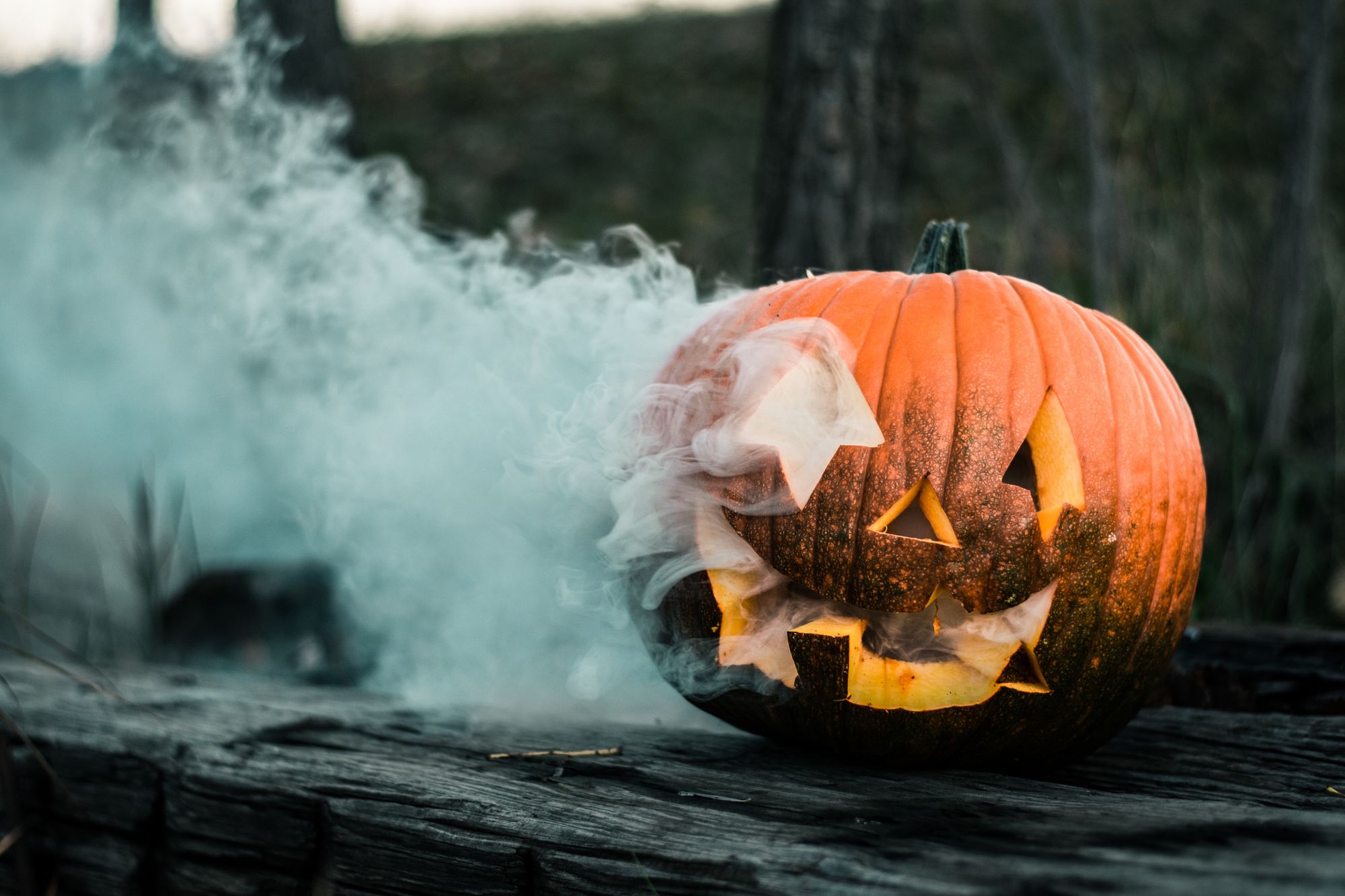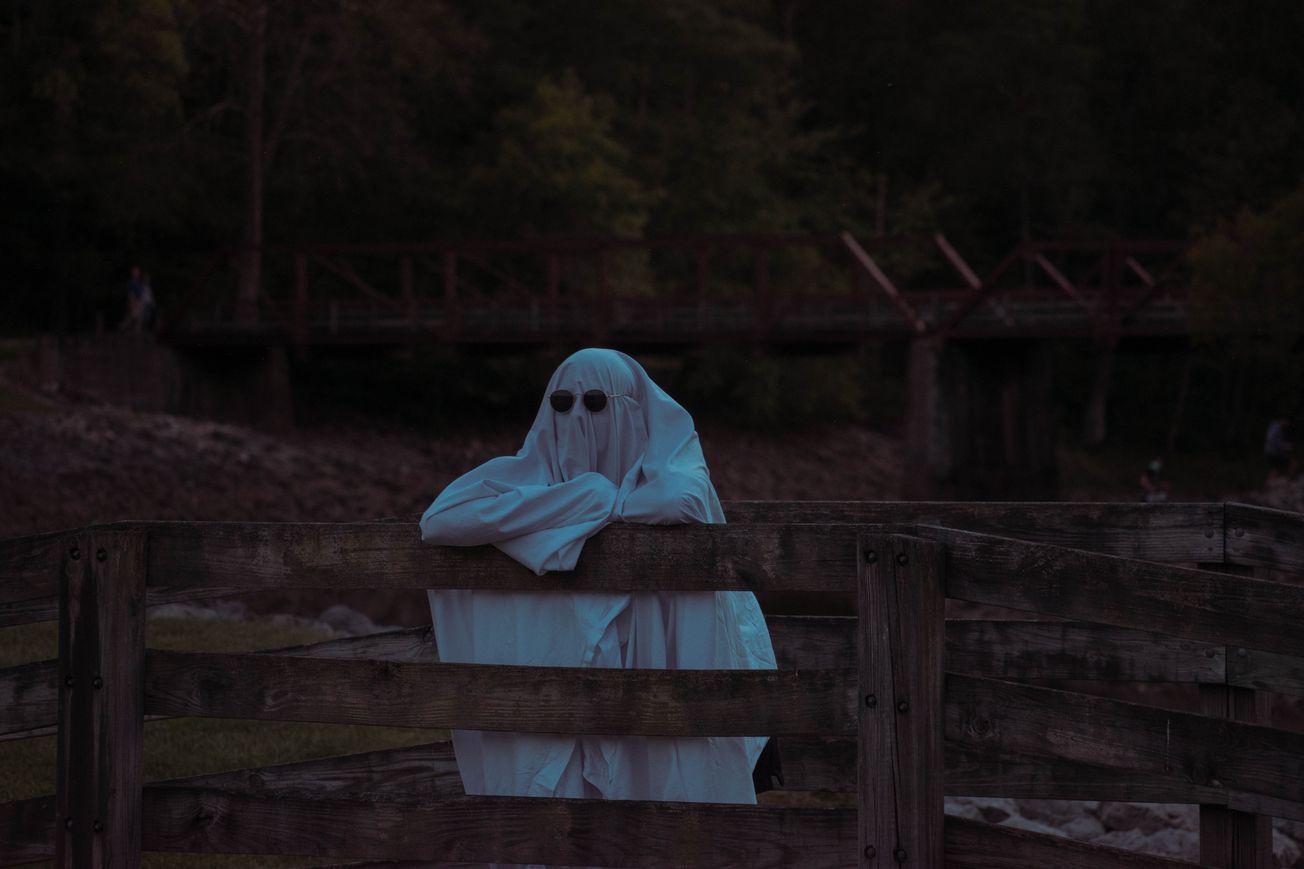By Emily Robson, Second Year, Politics and International Relations
Until the age of 10, the hours between 4 pm and 6 pm were reserved for the metallic twang of sword-fighting in Peter Pan, the clipped English accent of Scar in The Lion King and the cackle of Maleficent in Sleeping Beauty. These villains were grotesque, merciless and frightening; hell-bent on enacting various imaginative evil plans to destroy, uproot and conquer.
These one-dimensional villains were also, however – as one would expect from children’s movies – binary, superficial and laughable. Their plans never worked. Their cronies eventually deserted them. They were humiliated, eaten or despised.
Nowadays, there is a marked change in the illustrations of ‘villains’. Jafar, Sauron, and Voldemort, with their ill-conceived motives and deeply rooted black-heartedness, have been replaced by more sophisticated and complex characters which are easier to relate to and understand.

Thanks to social media, we all have received an increased exposure to the inner workings of people’s daily lives. Nowadays, good, and evil blur together on a daily basis and this has translated into our art. Character ambiguity has come to be what surprises and intrigues modern audiences.
Jimmy McGill, or Saul Goodman, in the series Breaking Bad (2008) and Better Call Saul (2015), is a great example of a criminally minded ‘villain’. Despite being an outwardly wayward ‘dodgy’ lawyer in pink shirts and golden ties, thanks to character development and worldbuilding we learn to appreciate and relate to who he really is. ‘Better Call Saul’ explores Jimmy’s past, which is crucial in helping the viewer to comprehend why he acts in the way that he does. The son of a weak businessman who was victim to countless manipulations, Jimmy quickly adopts a disregard for abiding strictly by the law.
Another example of how important backstories are in generating sympathy for villains in other productions is Joker (2019) which explores the creation of villainy and questions who or what is to blame for society’s monsters. This film in particular represents the poor everyday treatment, and the general public’s unfair distrust of those who are different and shows the embittering and twisting of an otherwise ordinary man into one of Batman’s darkest nemeses.

However, many modern villains are also strongly principled in some ways, which increases our attraction to them. Jimmy McGill possesses some principles which we can admire; for instance, an almost Robin Hood-like attitude towards large corporations and big businessmen as well as an ardent defence of the ‘little man.’
Javert in ‘Les Misérables,’ is, in turn, devoted to ideas of justice and fairness. Whilst this did manifest itself as the merciless and animalistic hunt for Jean Valjean, the viewer can nevertheless appreciate Javert’s belief in strong, albeit misguided, principles.
Javert and Jimmy McGill, as well as Sherlock’s Moriarty and Hannibal Lecter from The Silence of the Lambs (1991), are all examples of incredibly hard-working villains of high intelligence and extraordinary commitment to a single cause. They transport the viewer into an unfamiliar mind of intense focus and extreme ambition which both fascinates and attracts.

This type of character – the ‘lovable villain’ – often has warped or tragic understandings of the world in which they live and represent some of the darkest traits of humanity. For instance, Jimmy McGill’s willingness to aid murderous and immoral drug lords for vast amounts of money means that he cannot escape the label of ‘villain’.
However, these modern representations of villainy show them also to be lonely, hard-working, and different: society’s despised outcast. Nevertheless, they continue to strive forward, unlocking the will and purpose to pursue their goals and fight for what they believe in. As a result, some villains take a special place in our hearts, representing the dissatisfied, longing, and purposeful traits in every one of us.
Featured Image: Unsplash / Mark Carol Nunez
What fictional villains do you find to be curiously likeable?









